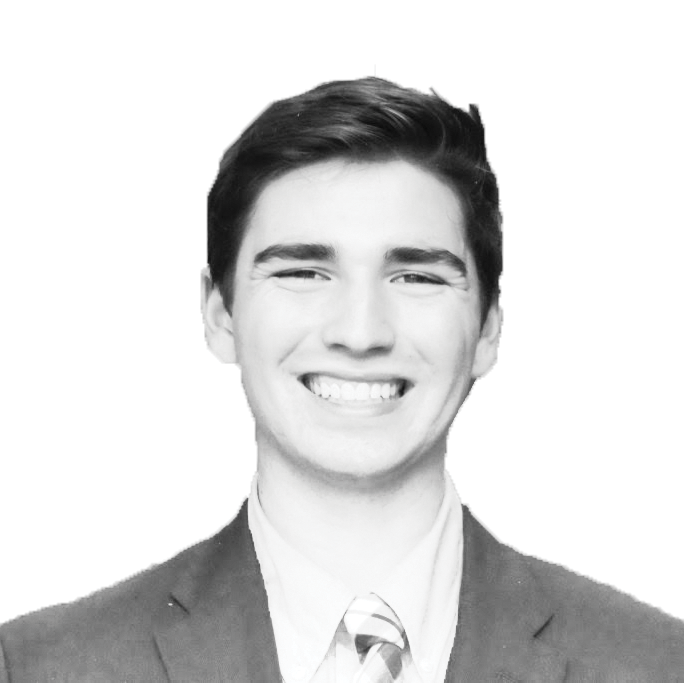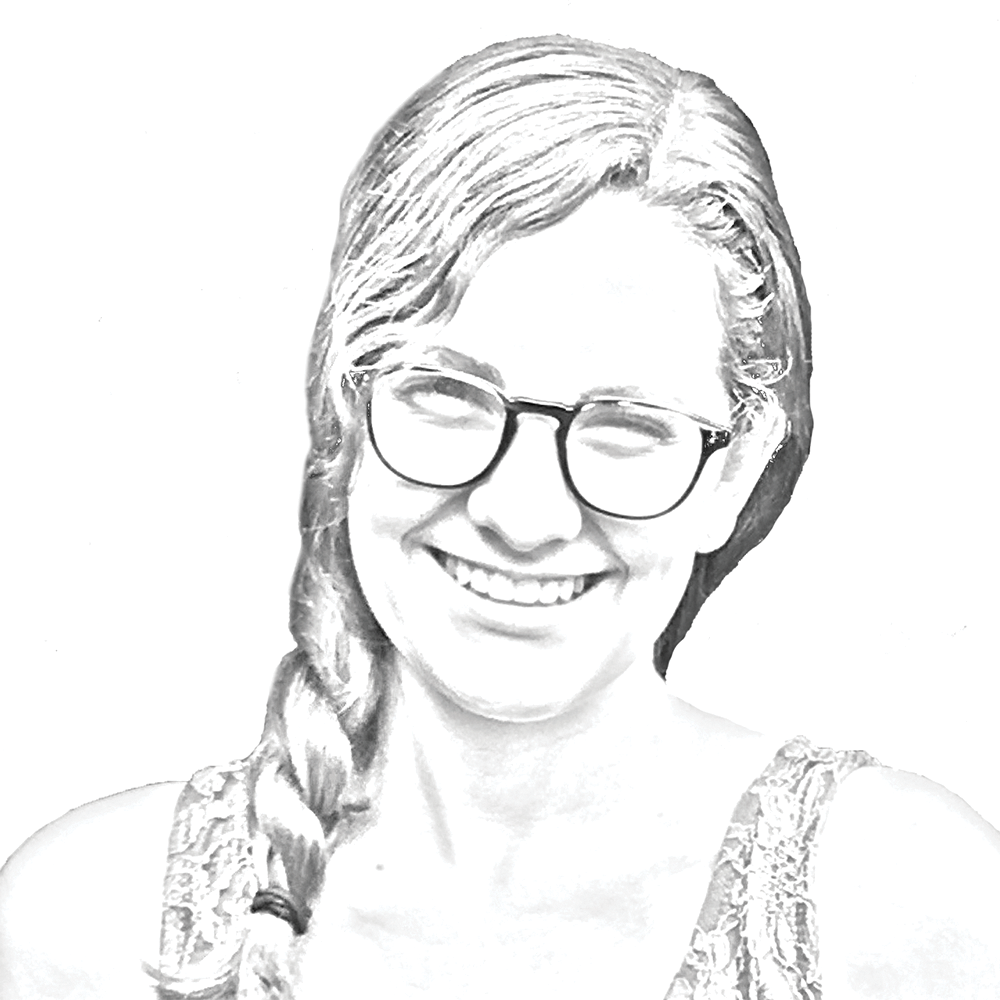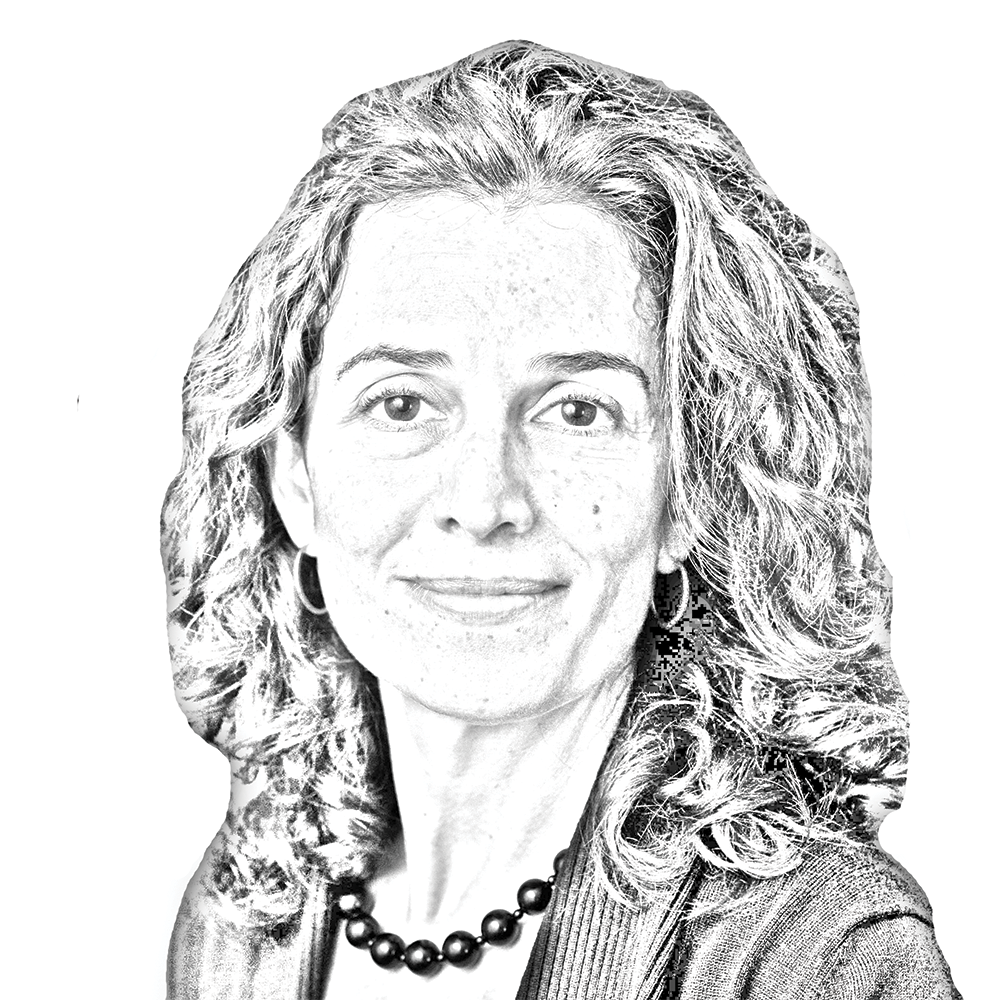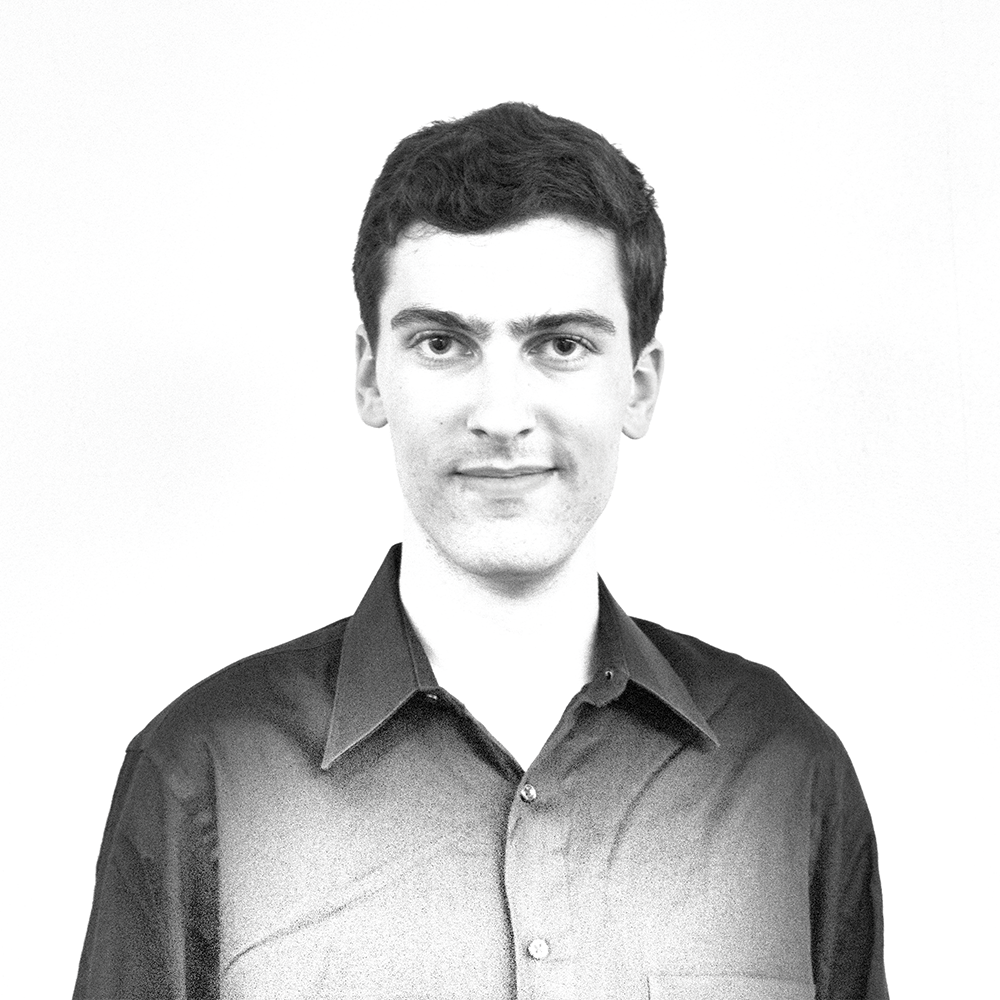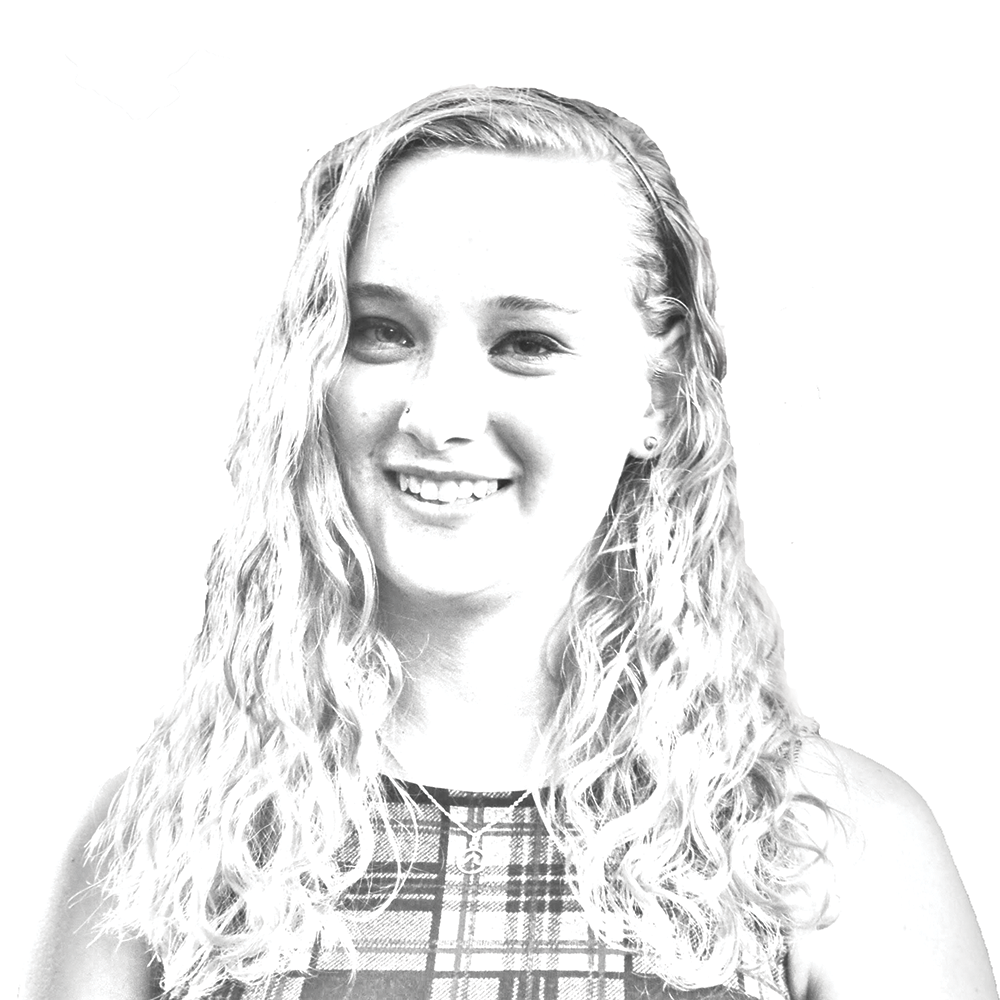In 1997, a boy named Marshall from Detroit ventured off to Los Angeles to compete in the Rap Olympics, a nationwide rap battle tournament. Marshall, whose white skin marked him an outsider, battled against stiff competition and walked away with second place. Most importantly, he attracted the attention of a producer named Dr. Dre, and the rest is history. Marshall Mathers, more widely known as Eminem, now ranks among the most popular rappers to have ever lived.
Many young rappers attract the eye of record labels through rap battling, in which a competitor must belittle the opponent by thinking of lyrics right on the spot. This impromptu performance of new lyrics is more generally known as freestyling. Freestyling turns heads for good reason. A rapper who can freestyle has truly mastered the discipline to the point where lyrics literally flow through him. This ability to generate new material spontaneously proves important not just in rap battling but potentially in any kind of creative activity. Psychologists hypothesize that creativity can be divided into two stages: spontaneous generation of a new idea, followed by critical revision of that idea. Little is known about this initial stage, so researchers from the National Institutes of Health decided to conduct a study on rappers, comparing their brain states from when they were freestyling to when they were reciting rehearsed lyrics.
The researchers found a shift in activity away from the dorsolateral prefrontal cortex while the rappers were freestyling, a finding consistent with a previous study on improvisation done on jazz musicians. The dorsolateral prefrontal cortex activates during tasks that require executive function, or the ability to plan and focus in the short term so as to accomplish long-term goals.
Therefore, this shift from the DLPFC suggests that improvisation correlates with a lack of executive function, or a lack of conscious self-monitoring. Interestingly enough, artists already have a term for a mental state that lacks conscious oversight. It is called “flow”, and it involves complete absorption to a certain task to the point where the artist loses track of time.
Rappers often describe this flow as an external agent that possesses them as they perform. My favorite rapper, Kendrick Lamar, talks about this experience in his song “Mortal Man:” “Sometimes I be like, get behind a mic and I don’t know what type of energy I’mma push out, or where it comes from. Trips me out sometimes.” The authors of the NIH study note that the disassociation of activity in the lateral parts of the prefrontal cortex could account for Kendrick’s subjective lack of agency.
While flow could seem too mystical to be studied scientifically, this state of mind might ring familiar to athletes who have practiced a skill so often that they can perform it without thinking. The initial learning of any skill requires extraordinary conscious effort, but the mark of an expert is to perform the feat automatically. Flow certainly separates the cold-blooded Kobe Bryants from the pack, the stars who perform under enormous pressure, guided purely by muscle memory.
This study on rappers suggests that creativity too can be thought of as a kind of muscle that one can train and develop to work almost automatically. Freestyle rappers like Eminem, thanks to years of training, have such a grasp on the creative process that they can command their muse to strike them at will. By this logic, even the elusive science that is creativity bows obedient to the age-old maxim: Practice makes perfect.
Ayan Mandal is a junior in the College. Grey Matter appears every other Tuesday.



